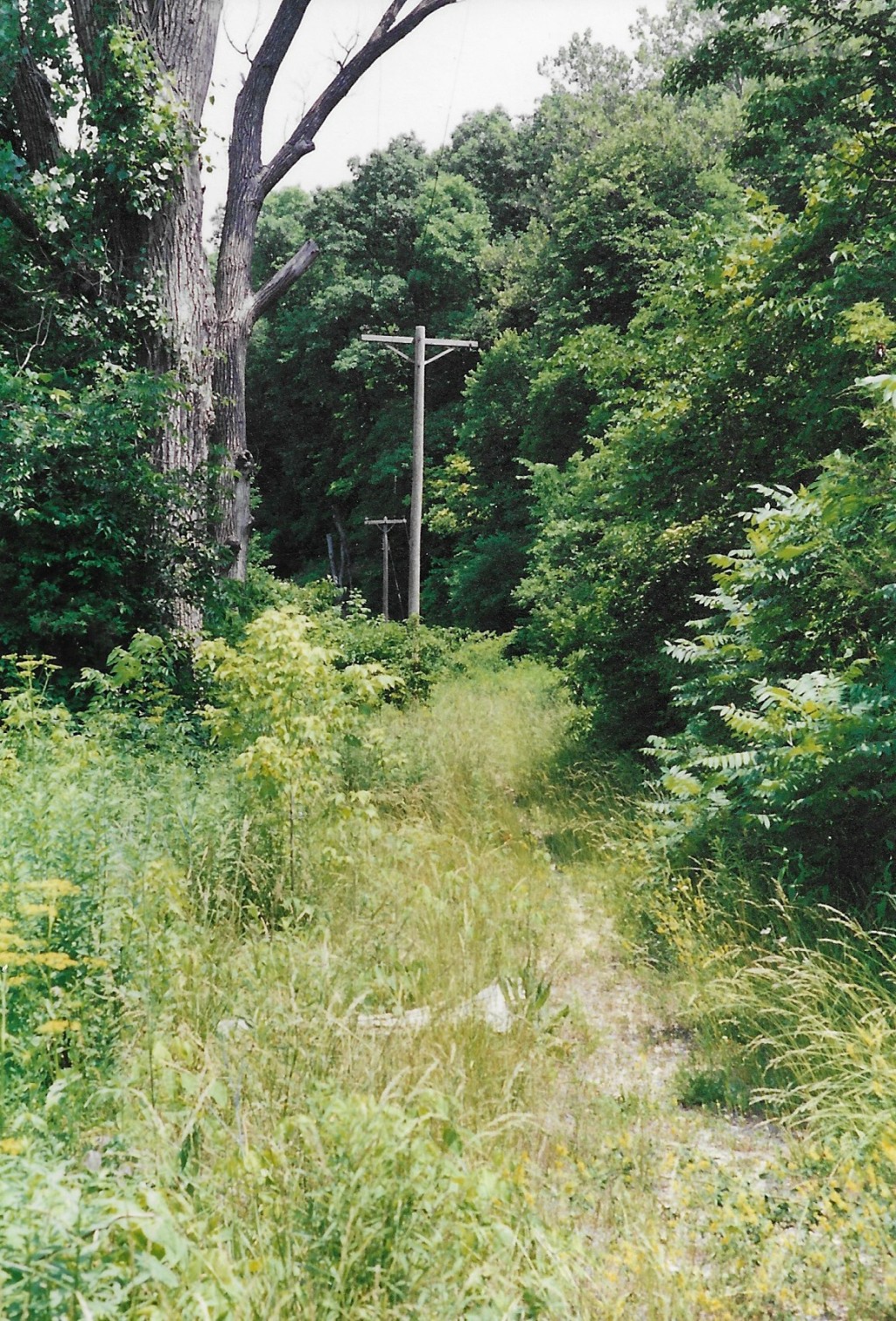When I set out in the summer of 1992 to write a book on the Mississippi River community of Ilasco, Missouri, I was struck right away by how quickly a people’s history (in this case, my own) can become “lost” or buried. In fact, I soon realized how little I knew of my own community’s history. Bulldozers wiped Ilasco off the map in the 1960s, but for those of us who were part of its sixty-year history, the town was fresh and alive in our memories. Thirty-one years earlier (a mere blink of the eye, it seemed), I sat in Ilasco’s elementary school desks, romped in the gymnasium, and sang joyous hymns in pews of the Church of the Nazarene.



Ilasco survived in our memories, but in 1992, the history of the “City of Dust” remained buried, yet to be excavated and written. To locate foundations and sidewalks of razed homes, schools, and churches required a difficult search of overgrown thickets, brush, and layers of fill dirt. It also required ignoring “No Trespassing” signs on the edges of the Continental Cement plant’s vast limestone quarries and buildings.








As I drove across the bridge to begin my research into what once was the heart of Ilasco, the sweatbox jail built with Atlas Portland cement in 1909 peeked out at me from behind thickets of neglect and abandonment. The gloomy holding pen, a relic of the industrial town’s tumultuous early history, was one of a handful of surviving structures. The lights weren’t on at Al’s Tavern as much anymore, but I parked my car near the jail to have a look around. Before stepping cautiously into thickets of the past, I glanced in the direction of scenic highway 79 and reflected. Tourists speeding past on the Great River Road (scenic highway 79) that snaked along the perimeter of the cement plant had no idea that a town with a vibrant working-class history lay buried beneath the pavement. A rural river town occupied by the Missouri militia in a state of martial law during a dramatic confrontation between labor and capital in 1910. Loved by some but despised, ridiculed, and feared by others, it was a town that drew sawmill workers and shell diggers, farmers, fishermen, and fortunetellers, shantyboats and Gypsies, and boatloads and trainloads of southern and eastern European immigrants hungry for a piece of the American dream.







Leave a comment